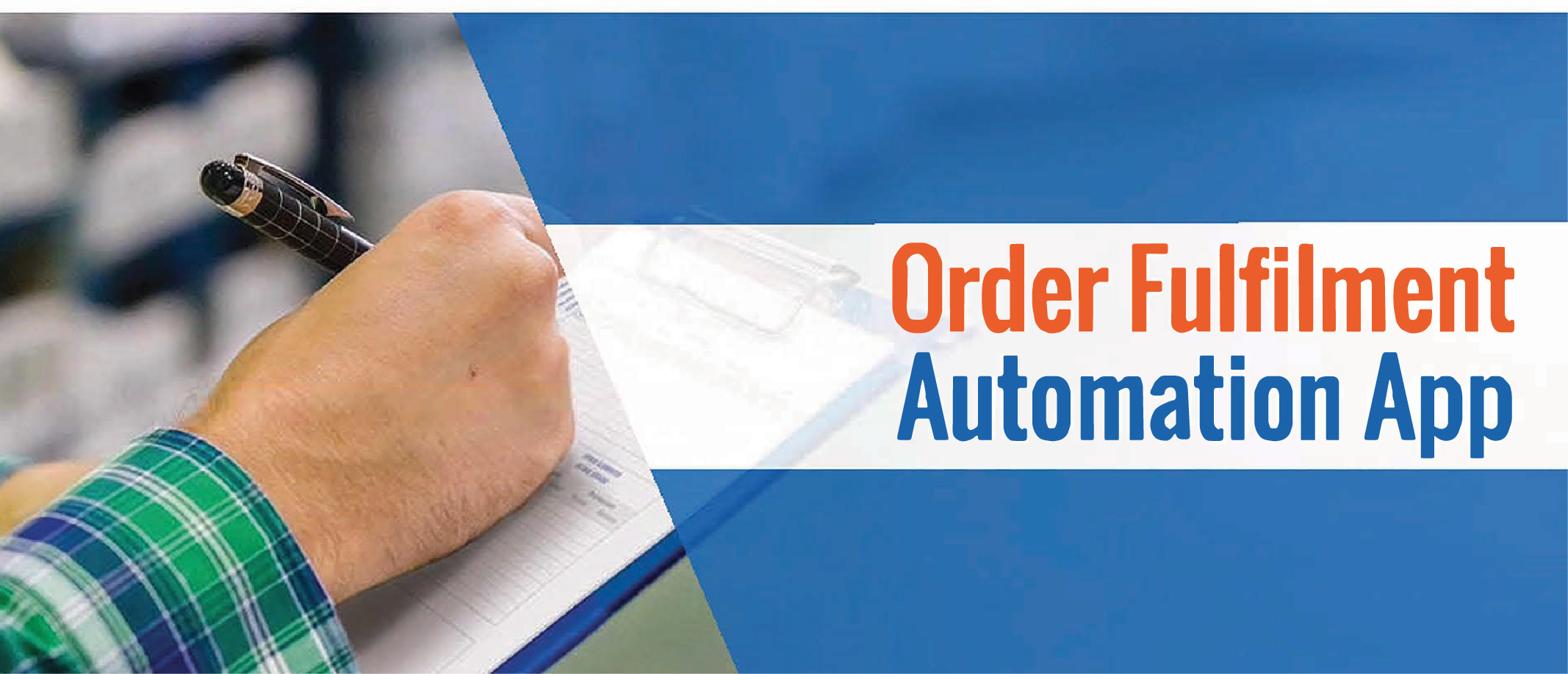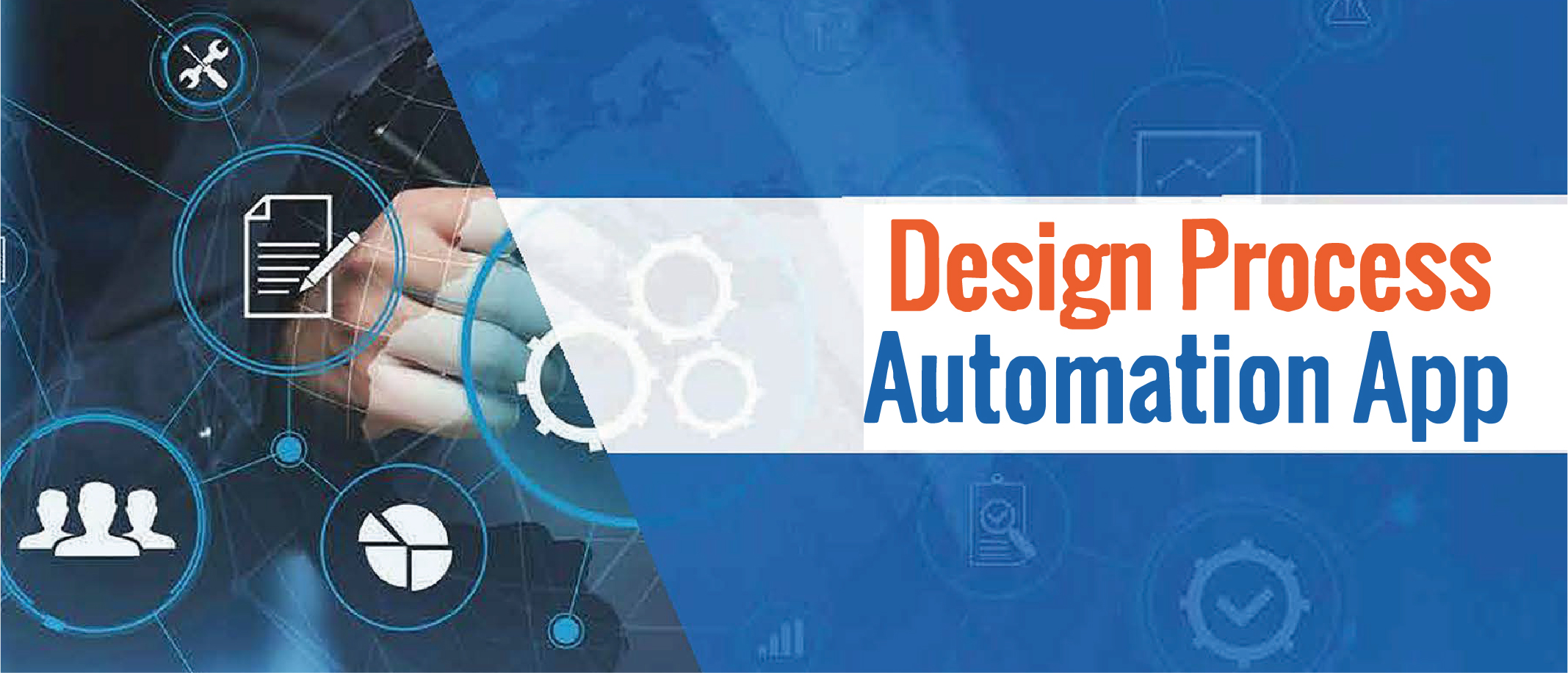Case Study

The makers of AI have announced the company will be dedicating 20% of its compute processing power over the next four years

An Insurer wanted to automate the quote generation process. They were looking for a solution where customers could fill in their vehicle details on an online form and receive an insurance quote automatically

An organization required an efficient and automated solution to address its manually driven, error-prone, time-consuming petty cash disbursal process having multiple levels of approvals in the organization's hierarchy.

An insurance claims company manually renamed and distributed 2000+ daily claims, causing errors, delays, and compliance issues. Allocation by city, corporate, and insurer made the process tedious.

A manufacturer wanted to introduce best practices to meet the compliance requirements of their existing paper-centric Corrective and Preventive Action Report (CPAR). The existing CPAR was exhaustive and manual in nature causing unnecessary delays and inefficiency while resolving actions related to compliance reporting.

An organization was constantly battling issues arising out of the inability to digitize and automate its existing enterprise applications that were critical for plant operations. One of them was the manual, time-consuming device deactivation approval mechanism, a critical part of routine preventive maintenance activities. The process approval depended on whether it was a new request or extension of an existing deactivation period request.

A government authority dealt with the challenge of a cumbersome manual supplier evaluation process. The need of the hour was an efficient, agile automated solution to digitize and streamline manually driven supplier evaluation protocol. The traditional process involved the manual submission of invoices by suppliers/vendors with no real-time updates available to track the status related to the invoice.

An automotive spare parts manufacturer wanted to introduce best practices into their order fulfillment process to meet customer demands by eliminating paper-based processes. They were exploring a technology partner who would help analyze and automate end-to-end processes from sales order to production to goods dispatch.

An agency faced operational challenges with regard to the extensively manual process involved in candidate training registration, certification, feedback and payment to training institutes. This resulted in lack of visibility into training funds and made report generation on training attendance, performance and payments a cumbersome task.

A telecommunications equipment manufacturer was facing challenges in capturing and executing equipment designs based on customer requirements. The design had to go through various levels of collaboration and approval before it was shared with the production team. This entire process, extensively manual, led to delays in coordination and overall throughput.

A CPA firm was looking for a reliable solution to digitize internal processes. The business wanted a right fit technology that could ease out their internal operational workflow to enable smooth practice management and offer smooth onboarding of new customers. The Customer's legacy systems posed operational challenges. These systems provided data entry in two disparate environments without any approval/validation mechanism in place, often resulting in extra validation effort and time-lapse.
All portfolio file will be sent to your inbox
All portfolio file will be sent to your inbox
All portfolio file will be sent to your inbox
All portfolio file will be sent to your inbox
All portfolio file will be sent to your inbox
All portfolio file will be sent to your inbox
All portfolio file will be sent to your inbox
All portfolio file will be sent to your inbox
All portfolio file will be sent to your inbox
All portfolio file will be sent to your inbox
Case Study

The makers of AI have announced the company will be dedicating 20% of its compute processing power over the next four years

An Insurer wanted to automate the quote generation process. They were looking for a solution where customers could fill in their vehicle details on an online form and receive an insurance quote automatically

An insurance claims company manually renamed and distributed 2000+ daily claims, causing errors, delays, and compliance issues. Allocation by city, corporate, and insurer made the process tedious.

The makers of AI have announced the company will be dedicating 20% of its compute processing power over the next four years

An organization required an efficient and automated solution to address its manually driven, error-prone, time-consuming petty cash disbursal process having multiple levels of approvals in the organization's hierarchy.

A CPA firm was looking for a reliable solution to digitize internal processes. The business wanted a right fit technology that could ease out their internal operational workflow to enable smooth practice management and offer smooth onboarding of new customers. The Customer's legacy systems posed operational challenges. These systems provided data entry in two disparate environments without any approval/validation mechanism in place, often resulting in extra validation effort and time-lapse.

The makers of AI have announced the company will be dedicating 20% of its compute processing power over the next four years

A manufacturer wanted to introduce best practices to meet the compliance requirements of their existing paper-centric Corrective and Preventive Action Report (CPAR). The existing CPAR was exhaustive and manual in nature causing unnecessary delays and inefficiency while resolving actions related to compliance reporting.

An organization was constantly battling issues arising out of the inability to digitize and automate its existing enterprise applications that were critical for plant operations. One of them was the manual, time-consuming device deactivation approval mechanism, a critical part of routine preventive maintenance activities. The process approval depended on whether it was a new request or extension of an existing deactivation period request.

An automotive spare parts manufacturer wanted to introduce best practices into their order fulfillment process to meet customer demands by eliminating paper-based processes. They were exploring a technology partner who would help analyze and automate end-to-end processes from sales order to production to goods dispatch.

A telecommunications equipment manufacturer was facing challenges in capturing and executing equipment designs based on customer requirements. The design had to go through various levels of collaboration and approval before it was shared with the production team. This entire process, extensively manual, led to delays in coordination and overall throughput.

The makers of AI have announced the company will be dedicating 20% of its compute processing power over the next four years

A government authority dealt with the challenge of a cumbersome manual supplier evaluation process. The need of the hour was an efficient, agile automated solution to digitize and streamline manually driven supplier evaluation protocol. The traditional process involved the manual submission of invoices by suppliers/vendors with no real-time updates available to track the status related to the invoice.

An agency faced operational challenges with regard to the extensively manual process involved in candidate training registration, certification, feedback and payment to training institutes. This resulted in lack of visibility into training funds and made report generation on training attendance, performance and payments a cumbersome task.

The makers of AI have announced the company will be dedicating 20% of its compute processing power over the next four years

The Insurer wanted to automate the quote generation process. They were looking for a solution where customers could fill their vehicle details on an online form and receive an insurance quote automatically.

The organization required an efficient and automated solution to address its manually driven, error prone, time-consuming petty cash disbursal process having multiple levels of approvals in the organization's hierarchy.

The insurance claims processing company received over 2000 insurance claims per day. When the claims files reached the agents, renaming the scanned file names along with the hospital receipts according to Inward Number generated by their existing system and distribution of these scanned claims forms to data entry vendors was done manually.

The manufacturer wanted to introduce best practices to meet the compliance requirements to their existing paper centric Corrective and Preventive Action Report (CPAR). The existing CPAR was exhaustive and manual in nature causing unnecessary delays and inefficiency while resolving actions related to compliance reporting.

The organization was constantly battling issues arising out of the inability to digitize and automate its existing enterprise applications that were critical for plant operations.

The government authority dealt with the challenge of a cumbersome manual supplier evaluation process. The need of the hour was an efficient, agile automated solution to digitize and streamline manually driven supplier evaluation protocol. The traditional process involved manual submission of invoices by suppliers/vendors with no real-time updates available to track the status related to the invoice.

The said automotive spare parts manufacturer wanted to introduce best practices into their order fulfillment process to meet customer demands by eliminating paper based processes. They were exploring a technology partner who would help analyze and automate end-to-end processes from sales order to production to goods dispatch.

The agency faced operational challenges with regards to the extensively manual process involved in candidate training registration, certification, feedback and payment to training institutes. This resulted in lack of visibility into training funds and made report generation on training attendance, performance and payments a cumbersome task.

The said telecommunications equipment manufacturer was facing challenges in capturing and executing equipment designs based on customer requirements. The design had to go through various levels of collaboration and approval before it was shared with the production team. This entire process, extensively manual, led to delays in coordination and overall throughput.

The CPA firm was looking for a reliable solution to digitize internal processes. The business wanted a right fit technology that could ease-out their internal operational workflow to enable smooth practice management and offer smooth onboarding of new customers.